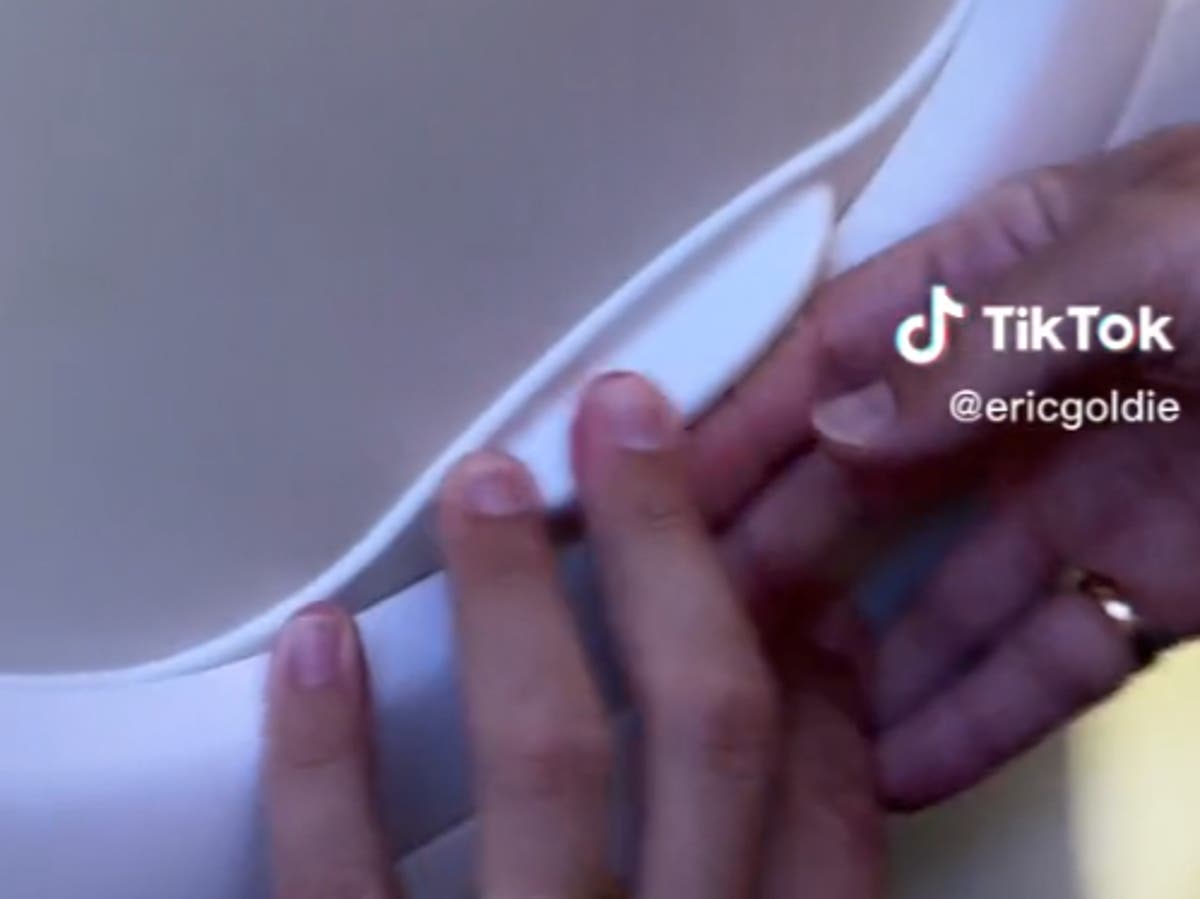This website uses cookies so that we can provide you with the best user experience possible. Cookie information is stored in your browser and performs functions such as recognising you when you return to our website and helping our team to understand which sections of the website you find most interesting and useful.

Look alive, there’s a new travel etiquette debate in town - this time involving plane window blinds.
We’ve had the “to recline or not to recline your plane seat” argument; the “is it OK to take your kids in first class?” discourse; the “how dare someone ask me to swap seats on a flight!” drama.
Now, it’s the turn of the humble aircraft window.
In a Tiktok video that has since gone viral, two travellers on a flight ended up in a stand-off over whether the window blind should be up or down.
TikToker Eric Goldie shared the clip, in which a woman’s hand be seen repeatedly trying to open the closed blind.
He filmed himself batting away the woman’s hand twice, captioning the post: “My window, my rules.”
The footage has been viewed more than five million times at the time of writing.
Just as in the other instances of inflight behaviour that have gone viral over the last year, the plane blind issue proved divisive.
Numerous comments by Tiktok viewers were in support of Eric’s actions, with one supporter writing: “I’m not proud of this moment, but this has happened to me before. I had to sneeze and I let it rip all over her hand. It worked.”
Another called the woman’s actions “audacious”.
However, some viewers argued that it was hard to tell whose window it technically was, and that Eric’s stance might not be as clear-cut as he made out.
“I get so confused when the window is 50/50 between seats. Who owns it?” reads one comment.
One Mile at a Time writer Ben Schlappig said of the correct window shade etiquette: “While I absolutely think the person in the window seat should control the window shades, I also think it’s important to be considerate of others.”
He claimed the “unwritten rule” of flying etiquette is that the passenger who wants the shade to be closed has priority over those who want it open to see the view.



 Africana55 Radio
Africana55 Radio 
